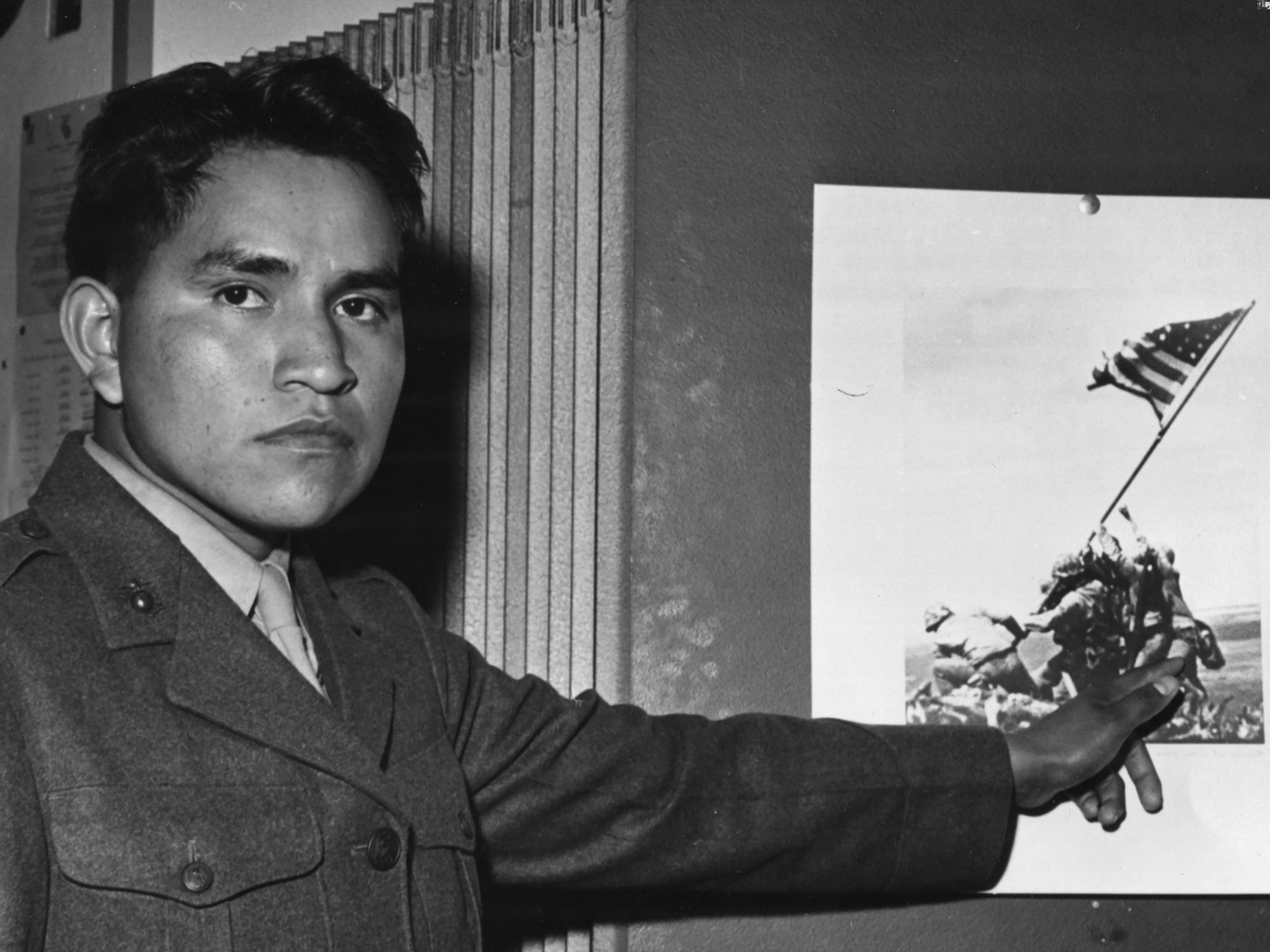
Who was Ira Hayes? Born on January 12, 1923, Ira Hayes was a Pima Native American and a United States Marine. He became famous for being one of the six men who raised the American flag on Iwo Jima during World War II. This iconic moment was captured in a photograph that became a symbol of American resilience. Why is Ira Hayes significant? His story is not just about heroism but also highlights the struggles faced by Native Americans. After the war, Hayes battled with alcoholism and post-traumatic stress disorder, reflecting the often-overlooked challenges veterans face. What can we learn from Ira Hayes? His life serves as a poignant reminder of the sacrifices made by soldiers and the importance of addressing mental health issues among veterans.
Key Takeaways:
- Ira Hayes, a Pima Native American, became a hero during World War II, but struggled with alcoholism and poverty after the war, leaving a lasting impact on American culture.
- Despite his heroism in raising the American flag at Iwo Jima, Ira Hayes battled personal demons and faced discrimination, leaving a legacy that continues to inspire and educate.
Early Life of Ira Hayes
Ira Hayes, a Pima Native American, became an iconic figure in American history. His early life shaped much of his character and future actions.
- Born on January 12, 1923, in Sacaton, Arizona, Ira Hayes was a member of the Pima tribe.
- His parents, Joe E. Hayes and Nancy Hamilton Hayes, were farmers on the Gila River Indian Reservation.
- Ira was one of six children in his family.
- He attended the Phoenix Indian School, where he learned English and other subjects.
- Despite facing racial discrimination, Ira excelled in school and sports.
Military Service
Ira Hayes' military service during World War II brought him national recognition. His bravery and dedication were evident throughout his time in the Marines.
- Hayes enlisted in the United States Marine Corps on August 26, 1942.
- He trained as a paratrooper, becoming one of the first Native Americans to earn this distinction.
- Ira was assigned to the 3rd Parachute Battalion, 1st Marine Parachute Regiment.
- He participated in the Bougainville Campaign in the Solomon Islands.
- Hayes later joined the 5th Marine Division, preparing for the Battle of Iwo Jima.
The Battle of Iwo Jima
The Battle of Iwo Jima was a pivotal moment in Ira Hayes' life. His actions during this battle cemented his place in history.
- The battle began on February 19, 1945, and lasted 36 days.
- Ira Hayes was part of the group that raised the second American flag on Mount Suribachi.
- The iconic photograph of the flag-raising was taken by Joe Rosenthal.
- This image became one of the most famous photographs of World War II.
- Hayes and his fellow flag-raisers were hailed as heroes upon their return to the United States.
Post-War Life
After the war, Ira Hayes struggled with the fame and expectations placed upon him. His post-war life was marked by both recognition and personal challenges.
- Hayes participated in war bond tours to raise money for the war effort.
- He struggled with alcoholism, a common issue among veterans.
- Ira found it difficult to adjust to civilian life after the war.
- Despite his struggles, he remained a symbol of Native American patriotism.
- Hayes was portrayed by Tony Curtis in the 1961 film "The Outsider."
Legacy and Recognition
Ira Hayes' legacy continues to be remembered and honored. His contributions to American history and the Native American community are significant.
- A statue of Ira Hayes stands in Sacaton, Arizona, his hometown.
- The Marine Corps War Memorial in Arlington, Virginia, features the iconic flag-raising image.
- Hayes was posthumously awarded the Congressional Gold Medal in 2000.
- His story is taught in schools as part of American history.
- The Ira H. Hayes Memorial Library in Sacaton is named in his honor.
Personal Life and Struggles
Ira Hayes' personal life was marked by both triumphs and tribulations. Understanding his personal struggles provides a fuller picture of the man behind the hero.
- Hayes never married or had children.
- He often returned to the Gila River Indian Reservation to reconnect with his roots.
- Ira's battle with alcoholism led to multiple arrests for public intoxication.
- Despite his fame, he lived in poverty for much of his post-war life.
- Hayes died on January 24, 1955, at the age of 32, from exposure and alcohol poisoning.
Cultural Impact
Ira Hayes' story has had a lasting impact on American culture. His life and legacy continue to inspire and educate.
- Johnny Cash recorded a song titled "The Ballad of Ira Hayes" in 1964.
- The song highlights the struggles and discrimination faced by Native Americans.
- Ira Hayes is remembered as a symbol of bravery and sacrifice.
- His story has been featured in numerous books, documentaries, and films.
Ira Hayes: A Legacy Remembered
Ira Hayes' story is one of bravery, struggle, and resilience. Born into the Pima Native American community, he rose to national fame as one of the six men who raised the flag on Iwo Jima during World War II. Despite his heroism, Hayes faced many challenges upon returning home, including discrimination and personal battles with alcoholism. His life highlights the complexities veterans often face and the need for better support systems. Hayes' legacy continues to inspire, reminding us of the sacrifices made by those who serve. His story isn't just about a single moment of glory but a lifetime of perseverance. Remembering Ira Hayes means acknowledging both his contributions and the hardships he endured. His life serves as a powerful reminder of the ongoing struggles many veterans face, urging us to offer them the respect and support they deserve.
Frequently Asked Questions
Was this page helpful?
Our commitment to delivering trustworthy and engaging content is at the heart of what we do. Each fact on our site is contributed by real users like you, bringing a wealth of diverse insights and information. To ensure the highest standards of accuracy and reliability, our dedicated editors meticulously review each submission. This process guarantees that the facts we share are not only fascinating but also credible. Trust in our commitment to quality and authenticity as you explore and learn with us.


